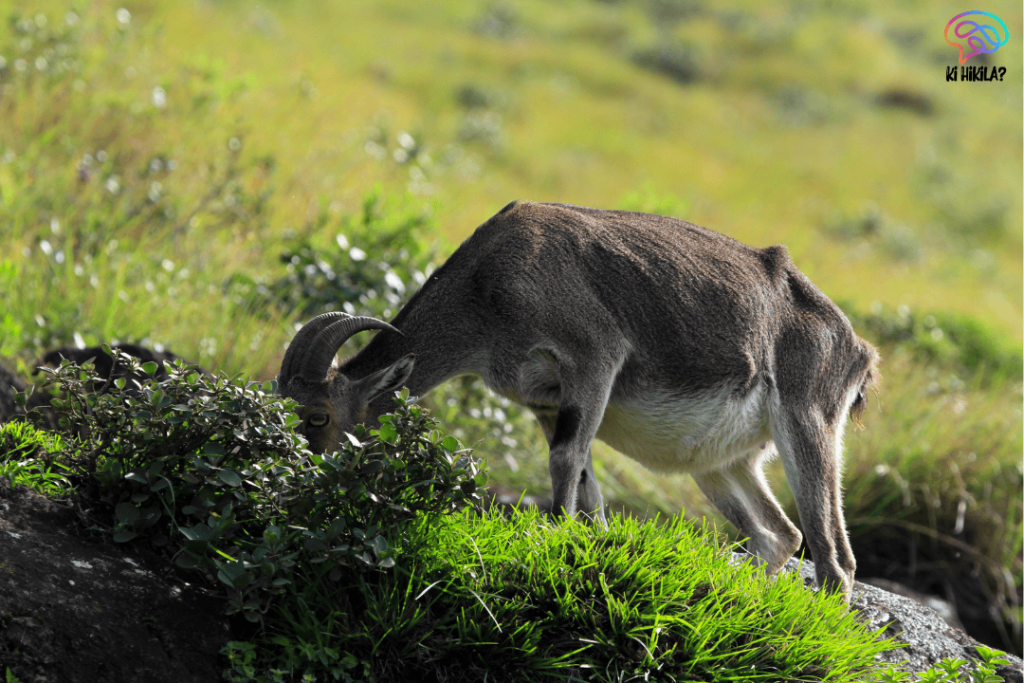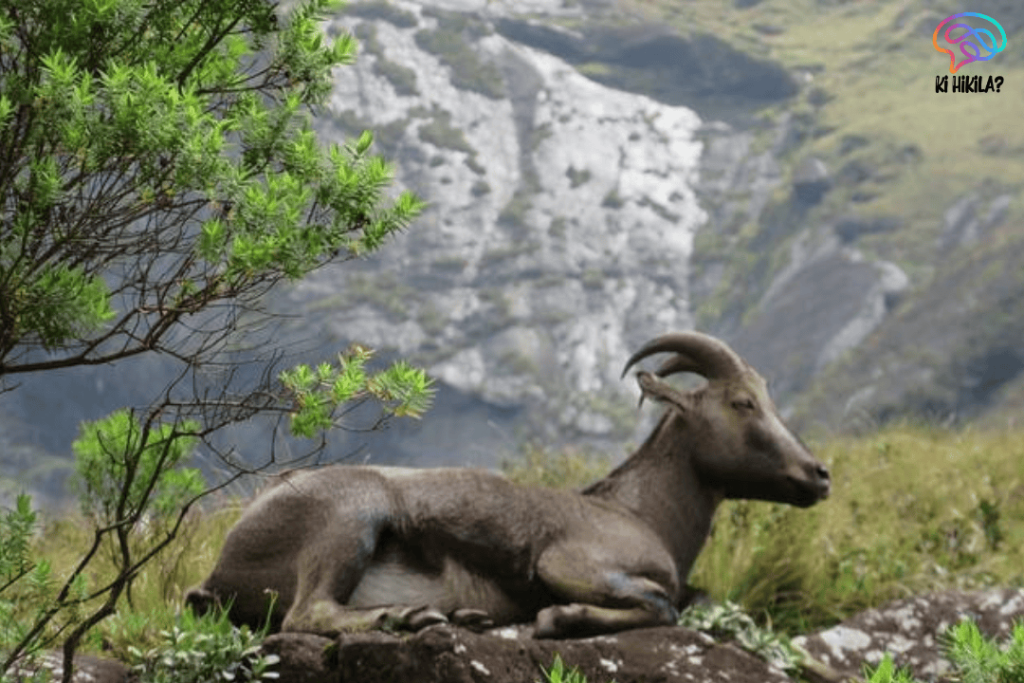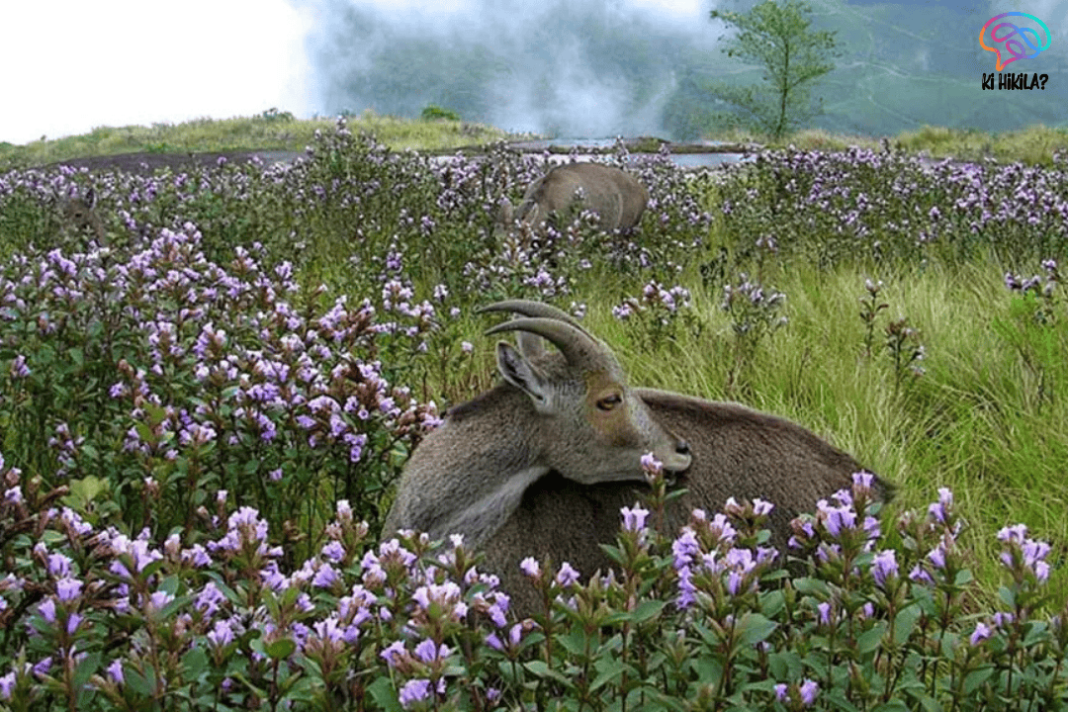Nilgiri Tahr Population Surges as the 2025 joint census of Kerala and Tamil Nadu records 2,668 individuals of this endangered mountain goat species. Kerala accounts for 1,365 tahrs, while Tamil Nadu holds 1,303. This remarkable increase is a testament to the sustained conservation efforts over recent decades and highlights the need for even stronger inter-state collaboration to protect this iconic species of the Western Ghats.
Population Distribution Across States
The census reveals that the Eravikulam National Park (ENP) in Kerala harbors the largest contiguous Nilgiri tahr population, with 841 individuals thriving in its protected grasslands. In Tamil Nadu, the strongholds are Mukurthi National Park and Grass Hills National Park, both situated near the Kerala border.
Interestingly, around 90% of Kerala’s Nilgiri tahr population is concentrated in the Munnar landscape. The comprehensive survey covered 89 census blocks in Kerala and 182 in Tamil Nadu, confirming the species’ presence in 19 forest divisions in Kerala alone.
These results also help conservationists identify potential corridors for connecting fragmented habitats, ensuring the genetic health and long-term survival of the species.
Conservation Practices Driving the Surge
One of the major reasons why the Nilgiri Tahr Population Surges is the innovative and traditional management of grasslands in ENP. The park follows a controlled burning strategy, conducted every three years over 97 sq km of its high-altitude grasslands. This rotational burning helps maintain nutritious grazing grounds for the tahrs.
During burning operations, animals are safely guided away to prevent harm. This age-old practice is rooted in the Muthuvan tribal community’s traditional ecological knowledge, ensuring that grasslands regenerate with fresh, nutrient-rich vegetation—critical for tahr food security and reproductive success.
Maintaining Ecological Balance

Nilgiri tahrs are an important prey base for apex predators such as tigers and leopards within the Eravikulam landscape. The healthy predator-prey relationship ensures a balanced ecosystem. Abundant prey within the park also keeps predators from venturing into human settlements, thereby reducing human-wildlife conflict.
In addition, ENP supports a diverse range of other wildlife such as dholes, Nilgiri langurs, and the lion-tailed macaque. This rich biodiversity reflects the park’s ecological health and its role as a stronghold of Western Ghats wildlife.
Scientific Survey Methodology
The 2025 census relied on globally recognized wildlife counting methods like the ‘Bounded Count’ and ‘Double Observer’ techniques. These approaches minimize counting errors and ensure reliable population estimates.
Historically, Nilgiri tahrs roamed widely across the Western Ghats. But human-driven threats—like habitat loss due to plantations, infrastructure development, and land-use changes—led to fragmented populations. The latest survey’s goal went beyond counting; it sought to locate isolated herds and assess the feasibility of restoring habitat connectivity.
Historical Decline and Recovery
The Nilgiri tahr population surge is particularly remarkable given its history. Once numbering in the tens of thousands, the species saw steep declines due to overhunting during colonial times and later, habitat destruction. By the late 20th century, numbers had plummeted drastically, pushing the species into the Endangered category on the IUCN Red List.
The recent rebound is a direct outcome of decades of strict protection under India’s Wildlife Protection Act of 1972, the creation of protected areas, community involvement, and scientifically informed management.
Future Conservation Priorities

While the Nilgiri Tahr Population Surges offer hope, conservationists emphasize that the challenge is far from over. The Western Ghats face pressures from climate change, invasive plant species like wattle and eucalyptus, and habitat fragmentation.
The next steps include:
- Joint Management Plans between Kerala and Tamil Nadu to ensure cross-border habitat continuity.
- Invasive Species Control to maintain grassland ecosystems.
- Anti-Poaching Measures with increased patrolling and community vigilance.
- Habitat Restoration Projects to connect fragmented populations.
- Long-Term Monitoring to track population health and respond to emerging threats.
Conclusion
The Nilgiri Tahr Population Surges story is a shining example of how science, traditional knowledge, and strong legal protection can work together to save an endangered species. This conservation success is not just about the numbers—it’s about restoring balance to a fragile mountain ecosystem and preserving a species that has roamed the Western Ghats for thousands of years.
With continued interstate cooperation and adaptive management, the Nilgiri tahr could become one of India’s most celebrated wildlife recovery stories, inspiring similar efforts across the country.



